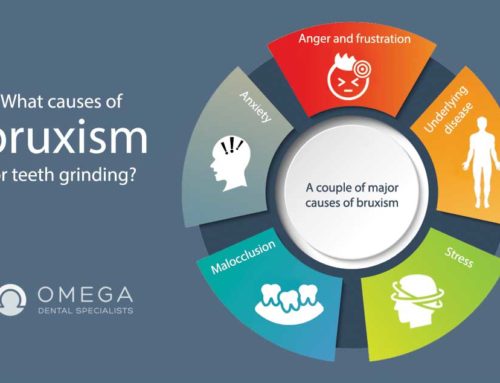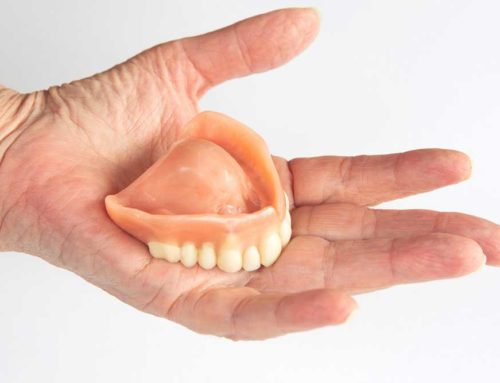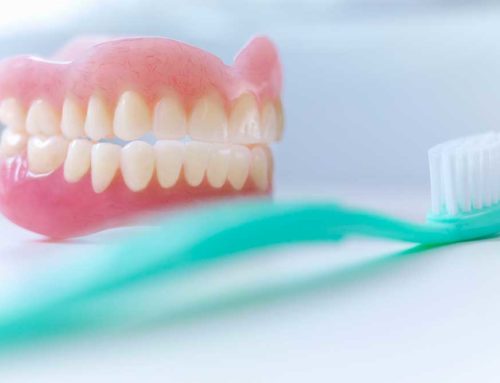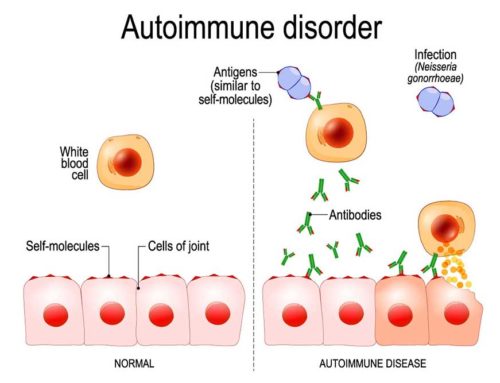The type of dentist depends on their age and their oral health. The most common types of dentistry include general dentistry, family dentistry, cosmetic dentistry, paediatric dentistry, orthodontic dentistry and professional dentistry.
Read about your options for dentists and what they can do for you. To make sure you get proper care, please read about your options for dentists and what they can do for you:
1.General dentistry
80% of dentists are general dentists. They care about the overall health of the teeth and oral hygiene. Ordinary dentists do not specialize in a specific field, but provide:
- Restorative dentistry, including dental implants, bridges, dental bonding, inlays, onlays and dentures
- Tooth fillings and other tooth decay treatments
- Dental examination and tooth cleaning
- Dental X-ray
- Fluorine treatment
- Pull out wisdom teeth
- Simple tooth extraction (deciduous and adult teeth)
- Cosmetic dentistry
2.Family dentistry
Similar to general dentistry, family dentistry focuses on dental health and oral hygiene. Common procedures and treatments include cavity fillings, sealants, tooth cleaning, and gum disease treatment.
Family dentists treat people at every stage of life. This is because people need different dental care throughout their lives, depending on their age. For example, the oral care of infants or children is different from that of adults:
- Dental care for pregnant women and babies
- Dental care for teenagers and young adults
- Dental care for adults
- Dental care for the elderly (over 65 years old)
3.Cosmetic dentistry
Cosmetic dental surgery can improve the patient’s smile and self-confidence. Many general dentists do cosmetic surgery. However, they must pass additional training after the dental school becomes certified.
Cosmetic dentistry is not a new practice. However, beauty treatments are becoming more and more popular because it is important for many people to have an attractive and healthy smile.
Common cosmetic procedures and treatments include:
- Teeth whitening treatment
- Plywood
- Gumectomy (gum shaping)
- Braces, this is not strictly a decoration. They create cosmetic effects, but also have many functional aspects. These functions include fixing the misaligned and curved teeth of the lower jaw, making it easier to brush and floss the teeth, and ultimately improve the patient’s oral hygiene.
4.6 types of dental professionals
There are nine committee-certified dental majors in the United States, but only six focus on patient personal care. In addition to providing general dental services, family dentists provide specialized dental services in the following areas:
1) Periodontist
Periodontal tissue is the soft tissue in the lower (lower) and upper (upper) jaw bones that supports and surrounds the teeth.
The work of periodontists focuses on the prevention, diagnosis and treatment of diseases that affect the supporting structure of the teeth. These dental experts also specialize in the function of tissue structure, overall health and aesthetics.
2) Dental implant specialist
The main role of a prosthodontic doctor is to diagnose and repair missing or damaged oral tissues to restore normal functions. They specialize in tooth restoration, repairing missing teeth, cavities or damaged teeth. Ordinary dentists spend approximately 20% of their time on prosthetic services.
3) Oral and maxillofacial surgeons
Oral surgeons are good at treating the aesthetic and functional characteristics of the oral cavity and maxillofacial region. Oral surgery is usually required due to accidental injury, trauma, disease, deformity, periodontal problems, tooth decay or tooth loss.
4) Endodontics
The endodontist is responsible for the treatment of the pulp and periroot tissue, which are the blood vessels, tissues and nerves surrounding the root of the tooth. They are highly trained in performing operations on root canal and endodontic diseases. General dentists do root canals twice a week, while root canal physicians do 25 times a week (on average).
5) Orthodontics
Orthodontists specialize in the treatment of malocclusion, which is a condition where the teeth are incorrectly positioned in the upper and lower jaw. The wrong bite can lead to an incorrect bite, such as an overbite or underbite. Orthodontists provide fixed and movable equipment to correct an individual’s bite and rearrange the teeth over time.
Common orthodontic treatments include:
- Brackets
- Clear adjuster
- Space maintainer
- Retainers
- Palate extender
6) Pediatric Dentist
Pediatric dentists treat babies and children throughout adolescence. They also treat young patients with physical or mental disorders. These dentists provide comprehensive dental treatments and preventive treatments (such as dental sealants and fluoride treatments).




